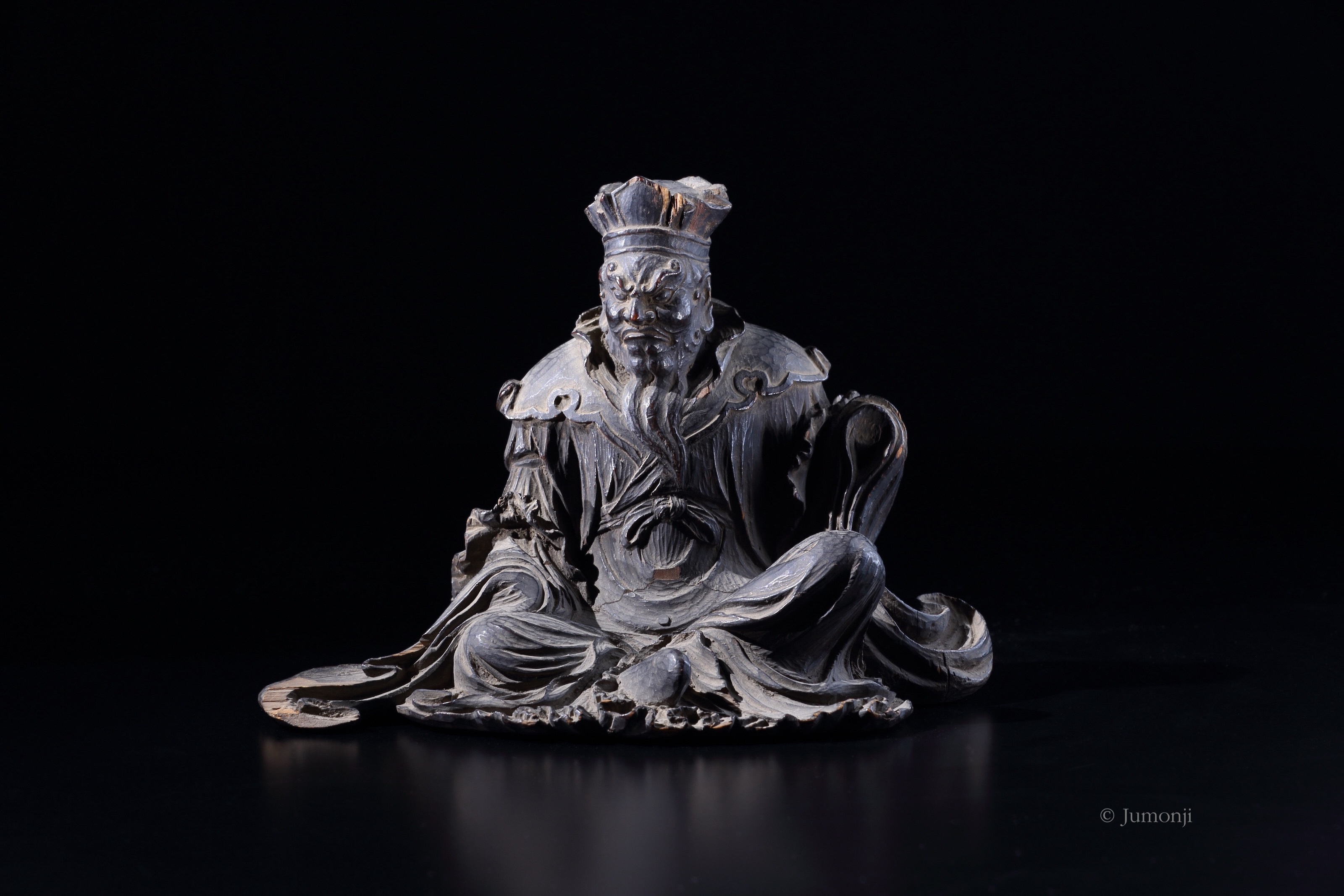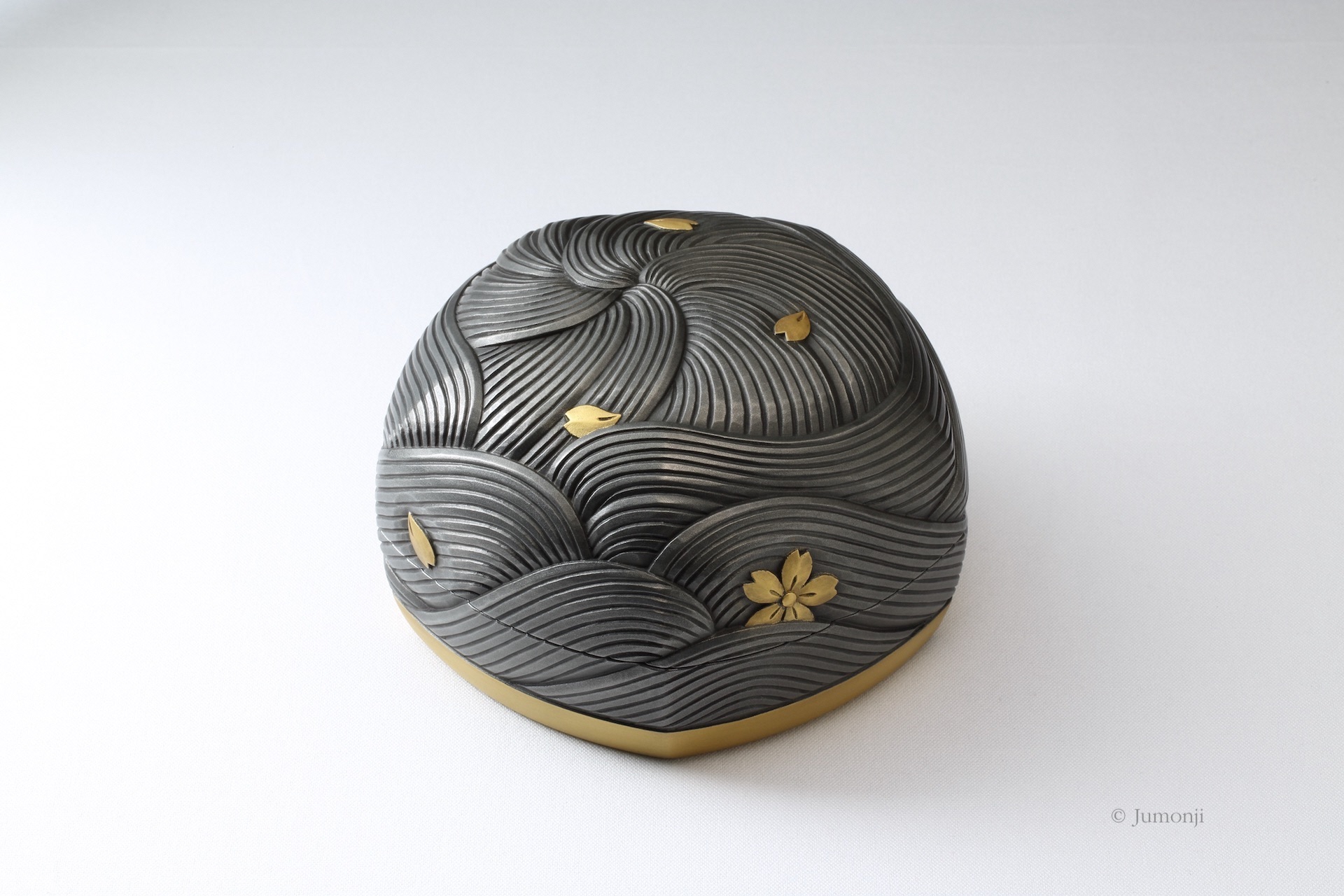Kanagawa Prefecture is located south of Tokyo with attractive cities such as Yokohama, Kamakura and Hakone nearby. The prefecture is a delightful mixture of urban areas, rich culture and beautiful nature.
Yokohama, the capital of Kanagawa Prefecture, is the second largest city in Japan after Tokyo, and one of Japan's leading port cities. It rapidly developed from the mid-19th century after 200 years of national isolation ended. The eclectic atmosphere and mixture of historical and modern Western architecture is still one of the major attractions.
Kamakura was born from the samurai culture 800 years ago. It is surrounded by verdant mountains and beautiful ocean. There are many old temples in addition to the famous Great Buddha, Daibutsu, built around the 13th century. The seaside which is a part of the Shonan coast has very popular beaches with an open atmosphere, and is always crowded with young people surfing. Both Kamakura and Yokohama make great day trips from Tokyo.
Hakone is famous for its hot springs and magnificent views of Mount Fuji from Lake Ashi. One of Japan’s oldest Western-style resort hotels, Fujiya Hotel is known to be loved by many international celebrities. Hakone makes a perfect weekend adventure.
The Kanagawa Prefectural Government, in cooperation with Ki-Chu New York and Hakkodo, is holding the exhibition, "Kamakura-bori" virtually on the Japan Society website.
This exhibition shows the origin of Kamakura-bori and the story of how it became established as a luxury art craft for everyday use along with other masterpieces of that era. It is actually the story of the Goto family whose ancestors were Buddhist sculptors and continued for twenty nine generations, and who still run the oldest store, Hakkodo, selling Kamakura-bori.


In the virtual exhibition, you can see a video depicting the Kamakura-bori manufacturing process. There is also an interview with the Goto family and the story of how they survived the crisis.

Many people may know Kamakura-bori as a traditional wood carving Urushi ware from Kamakura. However, they may not be aware that it originated from Buddhist sculptors almost 800 years ago when Zen Buddhism was first introduced to Japan. The design is commonly known as folk art style, but Hakkodo’s sophisticated and elegant take on these designs has completely changed the image of many people on Kamakura-bori.


Kumiko Jitsukawa, the founder of Ki-Chu New York, looks back on her personal story of when she guided one of her clients in Kamakura.
"After observing a tea ceremony class at Kotoku-in temple of the Great Buddha, we were invited by the madam of Kotoku-in to another room and had tea and Japanese rice crackers. In an instant, the beauty of the Kamakura-bori plate, on which the crackers were served, captivated their aesthetic sensibility. After that, when I took them to Hakkodo, they purchased a couple of beautiful pieces. Our experience in Kamakura became an unforgettable memory for them."
"Urushi ware is durable but not generally suitable for dry environment; however, after using Kamakura-bori in New York City for many years, I learned that it can withstand the dryness of New York with no problems."
If you would like to know about Kamakura-bori, please see the virtual exhibition.
Ki-Chu New York, is a Japanese lifestyle brand that infuses traditional Japanese culture into a western lifestyle. Ki-Chu represents traditional Japanese ceramics and wood carving Urushi ware from Kanagawa Prefecture.
© Japan Today Take our user survey and make your voice heard.
Take our user survey and make your voice heard.















No Comment
Login to comment